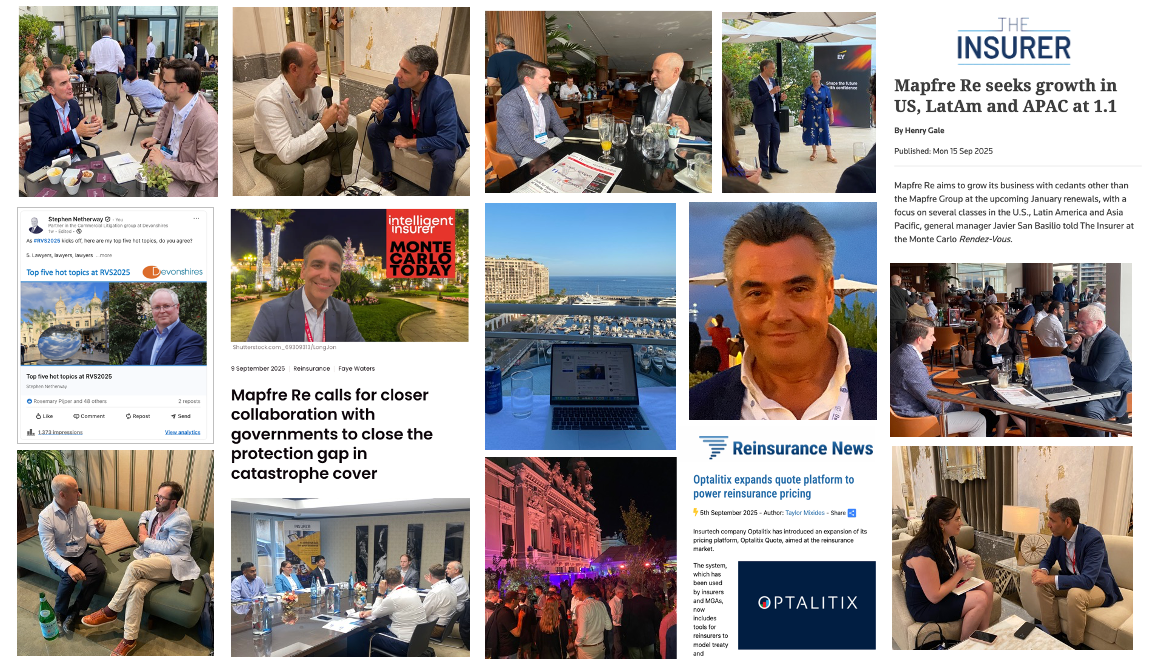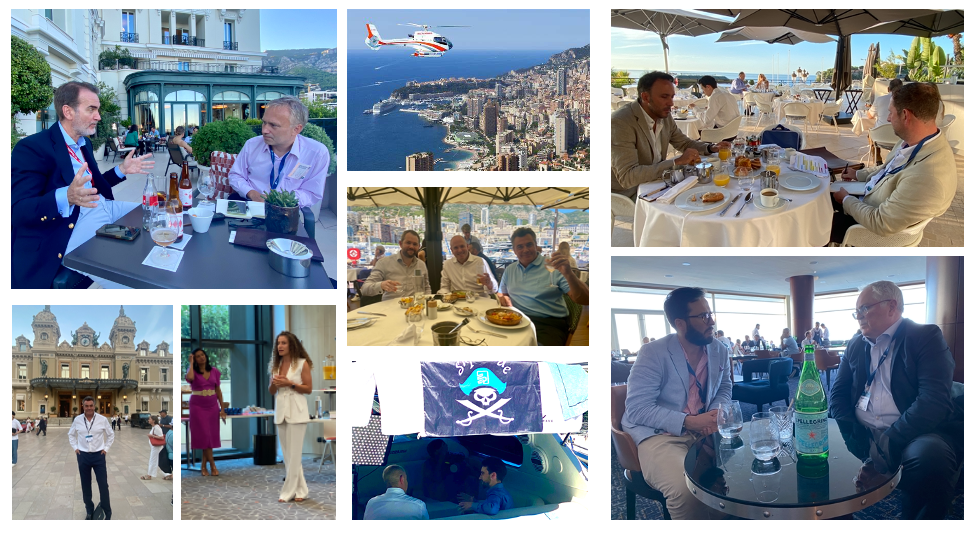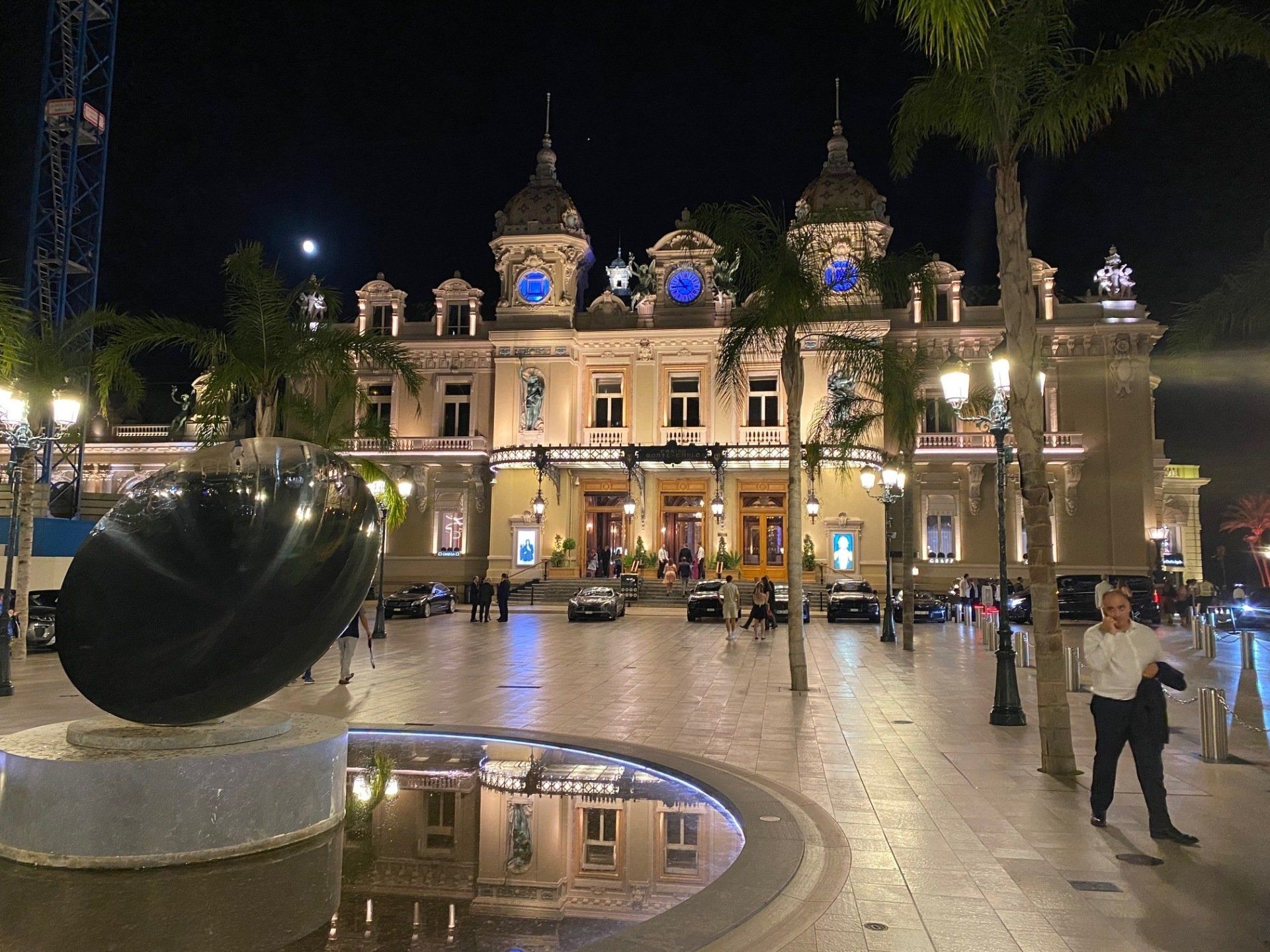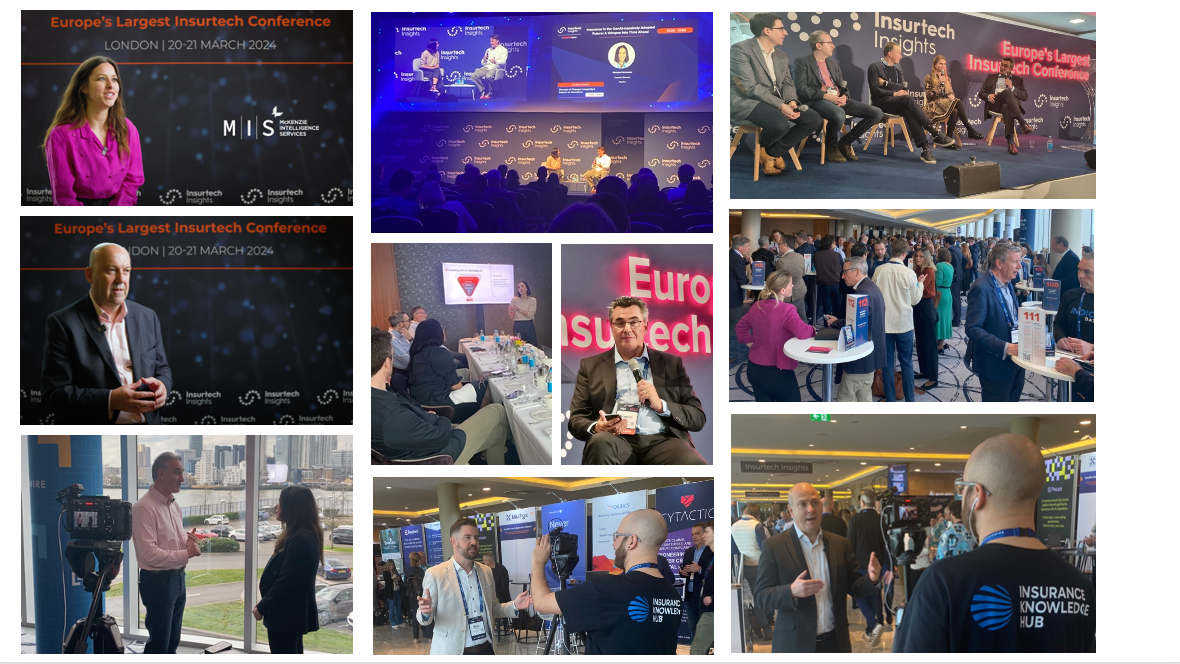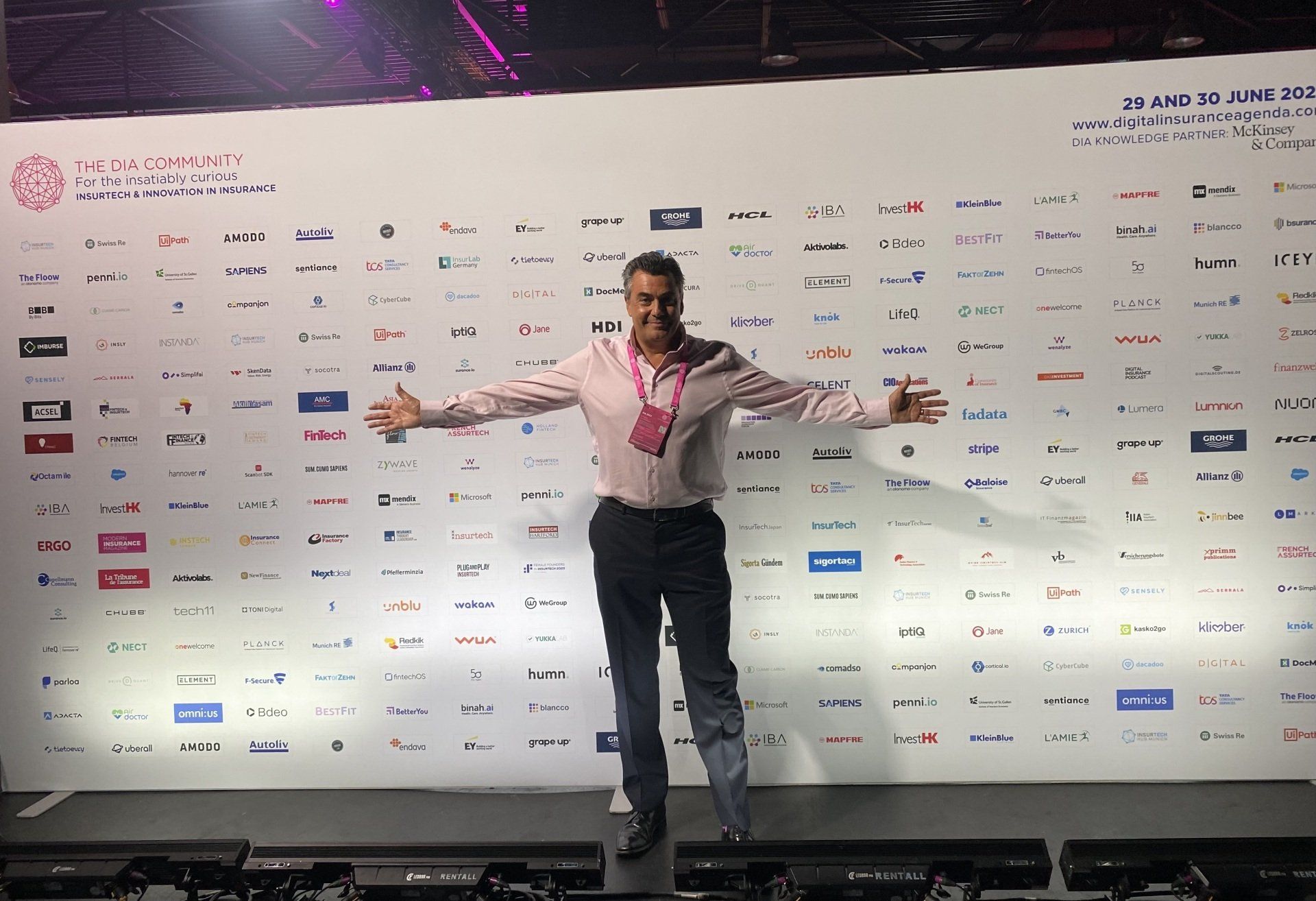What insurers can learn from the Medicis
The Medici family, through their immense wealth and patronage of the arts, science, and politics, fuelled the Renaissance, with a legacy that continues to influence the world today.

I have just finished reading a fascinating book about the Medici family, who shaped the political, cultural, and economic landscape of Renaissance Italy for centuries.
Murder and intrigue aside, their banking empire and patronage of the arts, including the likes of Michelangelo and scientists such as Galileo, can offer valuable lessons for the Lloyd’s market, which it pre-dates by over 250 years.
Throughout the Medici’s reign, there were many fascinating characters. In this blog, I explore three key figures, coincidently all called Cosimo, and explain how their lives can guide today’s insurers towards success, resilience – and even survival.
Cosimo de’ Medici (the Elder 1389 – 1464): Building trust as a foundation for growth
Cosimo the Elder, founder of the Medici banking dynasty in 1397, understood that reputation and relationships were everything. He built a vast financial empire by prioritising reliability and trustworthiness in business dealings.
His bank flourished because customers knew they could depend on it.
For Lloyd’s, trust was earned following the devasting San Francisco earthquake of 1906, when one of Lloyd’s leading earthquake underwriters at the time, Cuthbert Heath, agreed to pay all policyholders in full, irrespective of the terms of their policies.
Heath’s attitude over the San Francisco claims was rewarded, to the benefit of the London insurance market, and business boomed in years that followed.
Lloyd’s continues to have a global reputation for covering risks others fear to take. However, today’s customer expectations of prompt claims payments have changed in our digital age.
The market needs to embrace new Insurtech that can accelerate and streamline claims payments.
A good example is our client McKenzie Intelligence Services, used by much of the market, which enable insurers to accelerate their catastrophe claims processes, even to the point of initial claims payments before FNOL (First Notice of Loss).
Further, insurers can win over customers by becoming a partner in risk and mitigating losses, as Zurich, Liberty, and Generali have done with another client, flood forecasting Insurtech Previsico. Their technology has proven to be a game-changer for insurers and their corporate customers.
Trust remains the cornerstone of insurers' success
Cosimo I de’ Medici (1519 – 1574): The power of visionary leadership
Cosimo I transformed Florence from a city-state into a regional power by strengthening infrastructure, enacting reforms, and championing innovation. His adaptability, drive and strategic alliances enabled Florence to thrive, despite political and economic challenges.
Lloyd’s has had many smart, strong, and charismatic leaders over the years, from the days of Sir David Roland who navigated the market through R&R, to Max Taylor who led the turnaround of the market to profit in the early 1990s, to more recently John Neal, CEO.
Despite this, Lloyd’s has still yet to modernise and go digital, with BluePrint II now delayed until 2026. Most are not surprised by this, but that in itself seems like failure.
The Lloyd’s market, like most others, has been highly profitable in recent years, so now is the time to build on that and fix the roof while the sun is shining.
Moving on from efficiencies, for Lloyd’s to continue to grow profitably it must continuously innovate and diversify its offerings to meet customers’ evolving needs, like our client, global insurer MAPFRE, which not only talks about AI, as some do, but is actively using it across its business.
The market should invest in research and predictive analytics, and develop products tailored to emerging risks, such as cybersecurity threats and climate change, and use data analytics to assess risk more accurately and personalise policies.
In this instance, insurers can learn not just from the strategic Cosimo I de’ Medici, but also from the Asia market, where technology leaders like our client Peak3 are using innovation to plug protection gaps in the SME space, as well as the gig economy and the young.
Innovation is essential for growth
Cosimo III de’ Medici (1642-1723): The danger of conservatism and stagnation
Cosimo III ruled for over five decades, and was a disaster for his family and Tuscany. His deeply conservative leadership, heavy taxation, and strict moral regulations stifled economic growth and alienated his subjects.
His reign is seen as a key factor in the Medici dynasty's decline and ultimate demise, as he transformed Florence from a vibrant Renaissance centre into a stagnant, decaying state, one of the poorest in Europe.
In contrast, in today’s rapidly changing world it is vital to move with the times to be successful. A conservative, inflexible approach that stifles innovation will leave today’s insurers vulnerable to disruption, including from digital-first cloud-native Insurtechs.
Some would argue that the days of disruptive Insurtechs is over. In some ways this is true; most are now enablers, bringing operational efficiencies, new data and insights to forward-looking insurers who partner with them.
The risk, however, is to be a late adopter, with excessively conservative underwriting practices that exclude emerging markets, pricing models and products that do not reflect customer needs, and leadership that does not support adaptability and innovation.
Insurtechs like our client Optalitix are now enabling insurers to underwrite more swiftly, accurately and efficiently to gain a competitive edge. Check them out.
Move with the times to remain relevant
Conclusion
There will probably never again be a family as influential as the Medicis. They survived and thrived for centuries, in brutal times, while at the same time building infrastructure and bringing artistic beauty and scientific innovation to the world.
I believe the insurance market can learn a lot from them, to maximise future opportunities, both in terms of what to do, through innovation, and what not to do, including ineffective investments in infrastructure, such as the failure to digitalise the Lloyd’s market.
By following the Medici’s lead, the insurance industry can foster innovation, remain competitive, and build a stronger business strategy for future success.
News & Views
